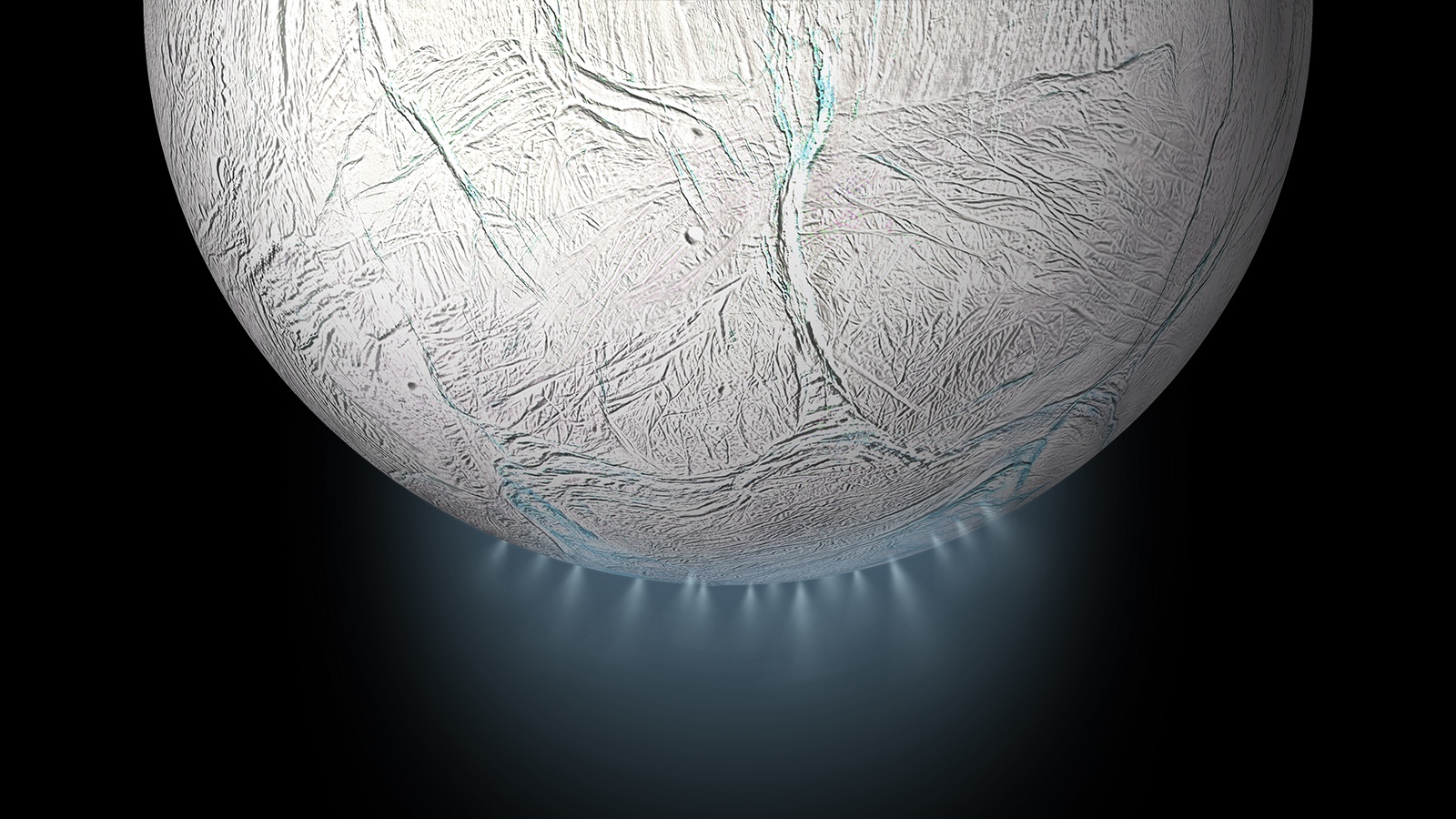WASHINGTON — The next competition for a NASA line of planetary science missions could suffer a multi-year delay because of constrained budgets, an agency official said July 27.
NASA has planned to release the announcement of opportunity, or AO, for the fifth New Frontiers mission in November, after releasing a draft version for public comment early this year. The release of the final AO would have kicked off a competition ending with the selection of a mission in the fall of 2026 for launch in the early 2030s.
However, after a debt-ceiling agreement enacted in early June that would keep non-defense discretionary spending at 2023 levels for fiscal year 2024, NASA tapped the brakes on those plans. Lori Glaze, director of NASA’s planetary science division, said at a June 21 meeting of the agency’s Planetary Science Advisory Committee that the release of the AO would likely be delayed beyond November as NASA evaluates the implications of the debt-ceiling deal.
Glaze didn’t indicate then how long the delay would be, but at a July 27 town hall meeting by NASA’s Science Mission Directorate, she stated the release of the AO could be pushed back potentially to 2026 depending on the funding available to her division.
“If the planetary science funding levels that are anticipated as a result of this tight budget environment are actually realized over the next two or so years,” she warned, “it is unlikely we’ll be able to solicit New Frontiers perhaps not before 2026.”
That decision, she said, was based on prioritization that focuses on continuing existing missions over starting new ones, as well as funding research and analysis. “The AOs are the things that really need to be pushed out in order to make sure we support the things that we’ve already committed to.”
NASA, in its fiscal year 2024 budget proposal, requested $3.38 billion for planetary science programs. That did not include any money for the next New Frontiers mission, but it projected funding ramping up for it starting in fiscal year 2025 to cover studies of several mission concepts before selecting one for development in 2026.
The Senate’s version of the fiscal year 2024 commerce, justice and science (CJS) spending bill, which funds NASA, would provide $2.68 billion for planetary science, $700 million below the request. The report accompanying the bill stated that appropriators were “pleased” with NASA’s plans to release the New Frontiers AO in the fall, but asked for more details on how NASA would implement the recommendations of the decadal survey with regards to both New Frontiers and a proposed Uranus flagship mission.
The House has not released details about its CJS spending bill beyond providing only slightly more funding for science overall: $7.38 billion versus $7.34 billion in the Senate bill. The full House Appropriations Committee failed to mark up its CJS spending bill before leaving for summer recess July 28, meaning no action on the bill is expected until at least mid-September.
New Frontiers is a line of competed planetary science missions larger than the Discovery class. The draft AO set a cost cap for mission development at $900 million, a figure that does not include launch, plus a $300 million cost cap for operations after launch.
Unlike Discovery, which is open to a wide range of potential solar system destinations, New Frontiers restricts proposals to a set based on recommendations of the planetary science decadal survey. The draft AO limited proposals to six categories: a comet surface sample return, a mission to Jupiter’s volcanic moon Io, a lunar geophysical network, a sample return mission to the moon’s South Pole-Aitken Basin, a mission to characterize the potential habitability of Saturn’s icy moon Enceladus and a probe of Saturn’s atmosphere.
However, Glaze said at the town hall meeting that those options could change if there is an extended delay in the AO’s release. In that case, she said she would ask the National Academies’ Committee on Astrobiology and Planetary Science for guidance on what mission themes should be included, incorporating recommendations from the planetary science decadal survey. “It would also provide an opportunity to update the science objectives for the mission themes” based on the decadal, she said.
Other divisions are taking different approaches to new missions. The budget proposal would pause work on the Geospace Dynamics Constellation (GDC) mission, a major priority for heliophysics, citing budget pressures from other science programs.
“Pausing GDC was one of the hardest decisions I’ve ever had to make,” said Nicola Fox, NASA associate administrator for science and former heliophysics division director, during the town hall. “But it was the right decision to make at the time.” She said work on GDC was continuing in the current fiscal year while the agency determines “what a pause can mean.”
The astrophysics division, though, is moving ahead with plans for an AO for its first probe-class mission, modeled on New Frontiers in terms of both budget and restricted range of missions. Mark Clampin, director of NASA’s astrophysics division, said at the town hall he expected the final AO for that first probe mission, with a $1 billion cost cap and limited to far-infrared or X-ray telescopes, to be released “in a couple of weeks.”
